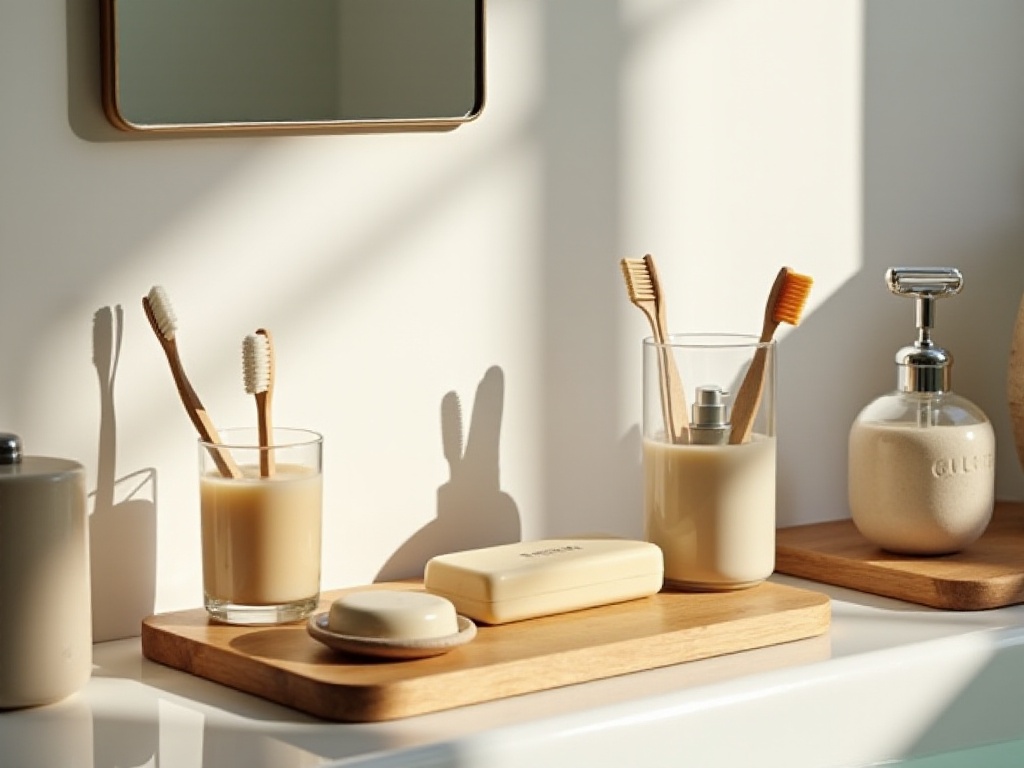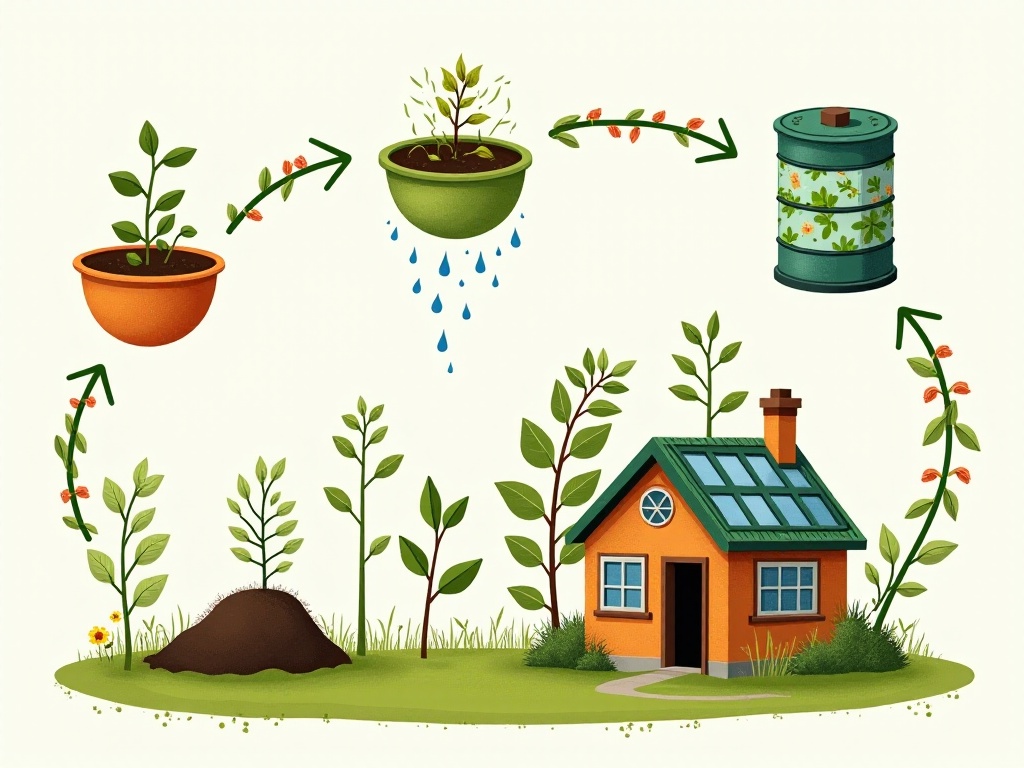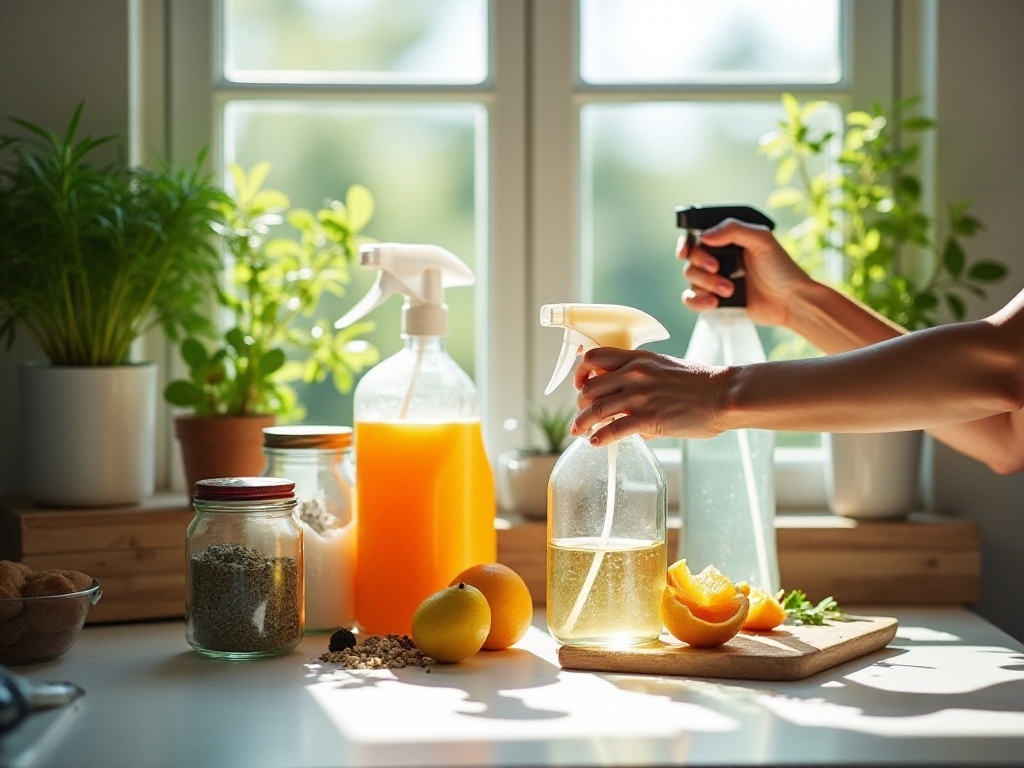Choosing the Right Bottle
As a newcomer to society, choosing a water bottle really gave me a headache. I remember the first time I went shopping at the mall, looking at the dazzling array of water bottles on the shelves with various materials, styles, and price points. I stood there for over an hour trying to make a choice. After continuous trial and error, I finally figured out a set of selection criteria that works for me.
When it comes to water bottle materials, each has its own merits. Stainless steel insulated bottles are absolutely perfect for winter. I remember last winter at work, pouring 70-degree water into my bottle every day and being able to drink warm water all day long. Especially on cold mornings, holding a warm water bottle was pure bliss. It's also super practical for ice water in summer - the walls don't develop annoying condensation, and you don't have to worry about getting other items wet in your bag.
Glass bottles are my favorite when working from home. The transparent body lets me clearly see my water intake progress, and they're particularly easy to clean with no blind spots. Sometimes I add lemon slices or mint leaves, and just looking at the green leaves floating in the clear water makes me feel happy. However, glass bottles do have their minor drawback - you have to be extra careful. I've already accidentally broken two of them.
As for plastic bottles, they're definitely the best companion for exercise. When I first started running, I carried a stainless steel insulated bottle, but the weight quickly wore me down. After switching to a lightweight plastic bottle, the burden was immediately reduced. However, when choosing plastic bottles, you must look for food-grade materials as this affects our health. I personally recommend Tritan material bottles - they're BPA-free and durable.
Forming Habits
Speaking of developing the habit of carrying a water bottle, I went through quite a journey. When I first started working, I made an impulse purchase after seeing all my colleagues using a certain trendy brand of insulated bottle. The result? Less than a month later, it was forgotten in my office drawer, and I'd feel a twinge of guilt whenever I opened the drawer and saw it.
Later, I started seriously thinking about how to develop this habit. First, I put the water bottle in the most visible place at home - on top of the shoe cabinet. I could see it every time I put on my shoes to leave, so I wouldn't forget to bring it. I also deliberately chose a very pretty style, which made me want to carry it.
Second, I downloaded a dedicated water-drinking reminder app on my phone. This app is really thoughtful - it not only sets fixed time reminders but also gives suggested water intake based on factors like weather and exercise amount. For example, after exercising in summer, it would remind me to drink more water. The reminders might seem annoying at first, but after getting used to it, I'm really grateful for having such reminders to help me regularly hydrate.
Then there's finding a fixed spot for your water bottle. In the office, my water bottle is always placed on my right side, within arm's reach. In my bag, I specifically reserved the side compartment for the water bottle, making it convenient to access. Gradually, these small habits became natural actions, and now I feel uncomfortable leaving home without my water bottle.
Sometimes I use small tricks to motivate myself to maintain this habit. For example, setting a small goal: reward myself with a new bottle sleeve after carrying my water bottle for 30 consecutive days. Or supervising each other with friends by checking in daily in our group chat about drinking water. These little games make the habit-forming process more fun.

Cost Savings
Many people think buying a good reusable water bottle costs a lot, but it's actually a very worthwhile investment. Let's do some real calculations: a 500ml bottle of mineral water costs about 2 yuan now, if you conservatively estimate buying two bottles per day, that's 730 bottles in a year, amounting to 1,460 yuan. Meanwhile, a good quality stainless steel insulated bottle can be bought for 200-300 yuan and easily lasts 3-5 years.
My own insulated bottle has been with me for over two years now, initially costing 268 yuan. During these two years, I've carried it almost daily, and based on my previous habit of buying mineral water, it has already saved me nearly 3,000 yuan. Plus, it still maintains good insulation performance and should last another two or three years.
Besides economic considerations, using reusable water bottles also contributes to environmental protection. According to statistics, the global consumption of plastic bottles reaches an astounding 1 million per minute. Just think, if each of us could reduce our use of disposable plastic bottles, how much plastic waste could we reduce in a year!
My colleague Xiao Wang is a great example. Since she started using a reusable water bottle last year, she not only saved money on buying water but also sparked an environmental protection trend in the office. Now almost everyone in our department has a reusable water bottle, and we often exchange usage tips and discuss which brands are good.

Cleaning and Maintenance
When it comes to reusable water bottles, cleaning might be the most headache-inducing issue. When I first started using one, I often had problems with odors due to improper cleaning, and even experienced yellowing of the inner walls. However, after multiple attempts and exploration, I've developed an effective cleaning method.
First is the daily basic cleaning. After using the water bottle each day, I immediately rinse it with warm water. Pay special attention to the joints between the bottle mouth and cap, as these areas most easily accumulate dirt. I bought a dedicated bottle brush with soft bristles that can effectively clean without scratching the bottle walls. Especially for stainless steel insulated bottles, you must use soft bristle brushes and avoid metal brushes or rough scrubbing pads, otherwise, they'll easily leave scratches on the inner walls.
Every weekend, I do a deep clean of my water bottle. My method is to pour in warm water, add a small spoon of baking soda, soak for 15-20 minutes, then rinse thoroughly with clean water. Baking soda not only removes scale but also eliminates odors, and it's non-toxic and safe to use. If the bottle has stubborn scale, adding a bit of white vinegar to the baking soda water works even better.
For special cases, like bottles that held coffee or juice, I clean them immediately without letting these beverages sit for too long. These drinks easily leave marks on the bottle walls that become difficult to clean if left too long. After cleaning, I invert the bottle to dry, ensuring no water remains.
Once, the silicone ring in my insulated bottle cap turned black, which really bothered me. Later I discovered that the silicone ring could be removed for separate cleaning, and it's best to replace it regularly. These small details were all learned gradually through use.

Usage Tips
Using reusable water bottles seems simple, but there are actually many considerations. For example, while stainless steel insulated bottles are very practical, never use them for carbonated drinks. Once, on impulse, I poured cola into my insulated bottle, and when I opened the cap, it nearly sprayed all over my face. It turns out carbonated drinks build up pressure in sealed environments, which can be dangerous.
With glass bottles, you need to be especially careful about temperature changes. Once in winter, I poured boiling water into a cold glass bottle, and with a "crack" sound, the bottle broke. Since then, I always rinse the bottle with warm water first before adding hot water, which prevents breakage from extreme temperature differences.
While plastic bottles are lightweight, you also need to mind the temperature. Once after working out, I was eager to drink water and carelessly poured hot water into a plastic bottle, which immediately deformed. Later I learned that regular plastic bottles shouldn't hold water over 60 degrees Celsius, as it can affect the bottle's lifespan and might even release harmful substances.
Regarding water odors in bottles, I've summarized several prevention methods. First, develop a habit of changing water daily, don't let water sit too long. Second, empty the bottle before bed and keep it dry. If there's no time to air dry, at least leave the cap open for air circulation.
Another important detail is regularly checking all bottle components. For example, replace silicone rings promptly if they're deformed or damaged, and clean dust from cap buttons if they become less responsive. These small issues can all affect the user experience.
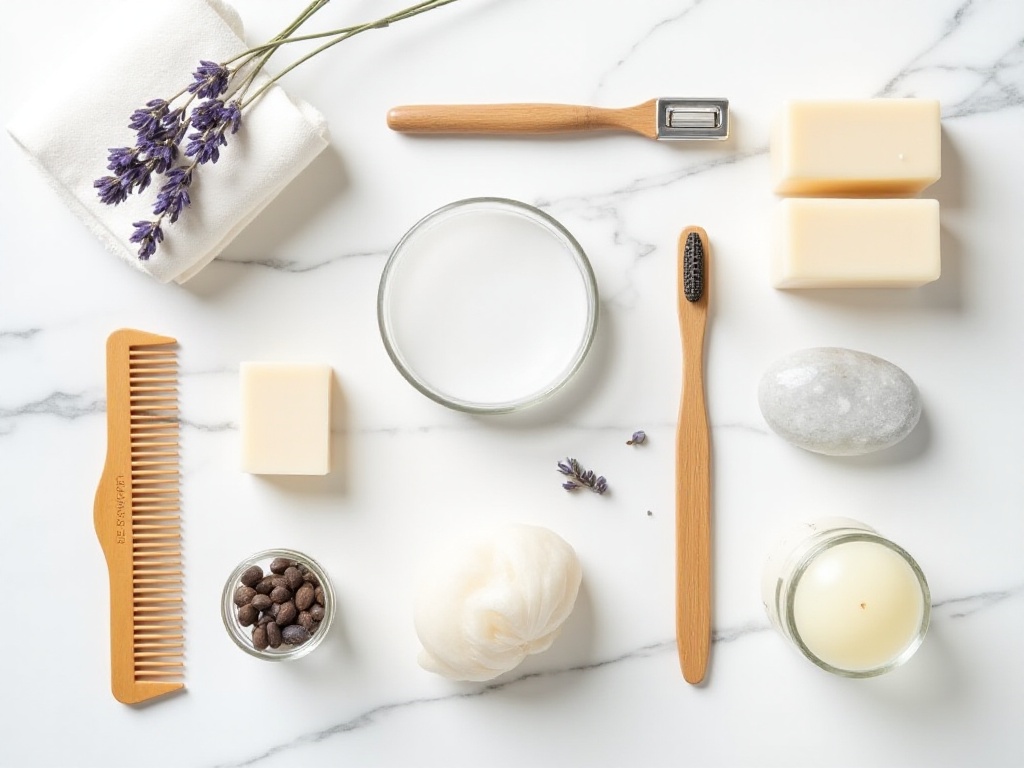
Innovative Uses
Speaking of innovative ways to use reusable water bottles, it really opened up a whole new world for me. At first, I just used it for plain water, but gradually discovered it can be quite interesting.
My favorite is adding fresh fruits to the water. In summer, I prepare lemon slices, orange slices, or lime slices to put in my water bottle. While drinking, I can enjoy the subtle fruit fragrance, which both refreshes and provides vitamins. Mint leaves are also a great choice, not only adding a fresh taste but also helping to stay alert.
Sometimes I turn my water bottle into a mini fruit tea maker. Before leaving home in the morning, I put some fruit tea bags in the bottle, and by the time I reach the office, I can enjoy fragrant fruit tea. Compared to fruit tea outside that costs ten or twenty yuan, homemade is both healthier and more economical.
Putting time markers on the outside of the bottle is also a great idea. I use waterproof stickers to mark different time periods on the bottle, like "9:00 - 200ml", "11:00 - 400ml", so every time I see the markers it reminds me to hydrate on schedule. This method is especially suitable for people like me who often forget to drink water when busy.
I also put a monthly calendar on my bottle, drawing a little star every day I meet my water-drinking goal. Watching the stars increase day by day gives me a sense of achievement and motivates me to maintain this good habit. Sometimes friends see it and find it interesting, and follow suit.
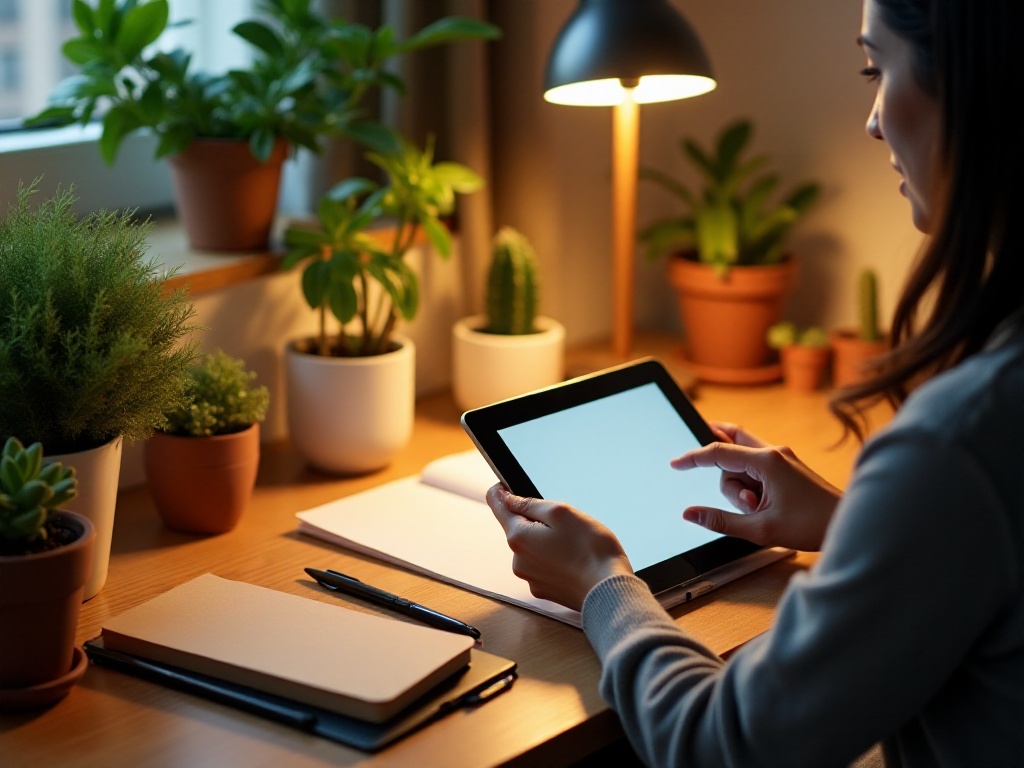
Conclusion
Through this period of using a reusable water bottle, I deeply feel that it has brought me not just convenience, but a change in lifestyle. It has made me more mindful of my drinking habits and started me thinking about how to make more environmentally friendly choices in daily life.
From initial unfamiliarity to now being inseparable, the reusable water bottle has become an indispensable part of my life. It not only helps me save money on buying water, more importantly, it makes me feel like I'm contributing to environmental protection. Knowing that through this small change, I can reduce the use of hundreds of plastic bottles a year gives me a sense of satisfaction.
While using reusable water bottles, I've also met many like-minded friends. We share our experiences and maintenance tips on social media, working together for environmental protection. Seeing more and more people join the ranks of reusable water bottle users, I feel these small changes will eventually gather into a force that changes the world.
So the question is, what kind of water bottle are you using now? Welcome to share your experiences in the comments. Maybe your experience will help more people who want to start an eco-friendly life. Let's contribute to the future of our planet together!


